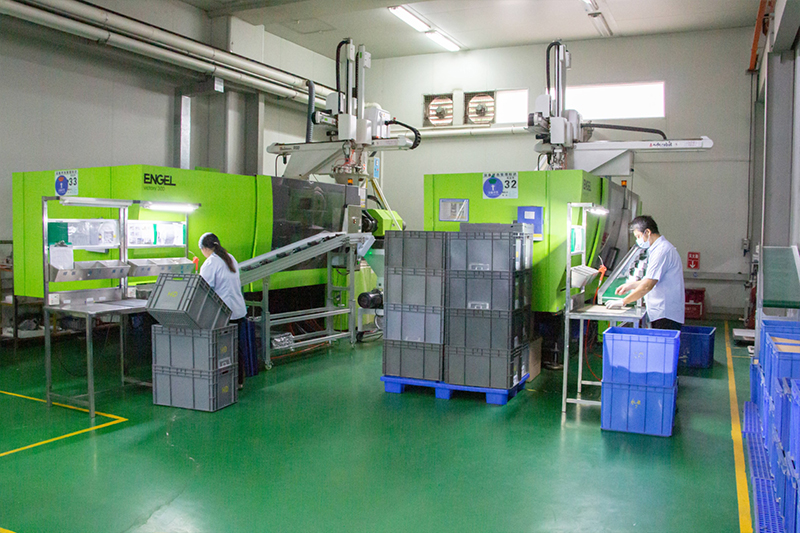What are the common defects analysis and causes of injection molding parts?
Injection molded parts are a common form of plastic products, and the defects that may occur in the manufacturing process can be affected by a variety of factors. The following are some common defects and cause analysis of injection parts:
(1) Insufficient filling (lack of material) : this may be due to insufficient injection pressure, too short injection time, unreasonable mold design or poor fluidity of plastic particles and other reasons.
(2) Overflow (flash) : Overflow is usually caused by excessive injection pressure, too long injection time, poor mold fit or unreasonable mold design.
(3) Bubbles: Bubbles may be caused by too much water in plastic particles, too low injection pressure or too short injection time.
(4) Silver lines (cold material lines) : Silver lines are usually caused by damp plastic particles, low injection temperature or slow injection speed.
(5) Deformation: Deformation may be caused by poor fluidity of plastic particles, excessive injection pressure, too high mold temperature or insufficient cooling time.
(6) Cracks: cracks may be caused by insufficient toughness of plastic particles, unreasonable mold design, excessive injection pressure or high temperature.
(7) Warping: warping may be caused by poor thermal stability of plastic particles, too high mold temperature or too long cooling time.
(8) Uneven color: uneven color may be caused by unstable quality of plastic particles, unstable injection temperature or too short injection time.
(9) Shrinkage sag: shrinkage sag may be caused by excessive shrinkage of plastic particles, unreasonable mold design or too short cooling time.
(10) Flow marks: flow marks may be caused by poor flow of plastic particles, low injection pressure or too short injection time.
The above is a common defect and cause analysis of injection parts, but the actual situation may be more complicated. In order to solve these problems, it is necessary to analyze and adjust for specific reasons, including optimizing injection parameters, adjusting mold design, replacing plastic particles and other measures. At the same time, strict quality control and testing are also required to ensure that the molded parts produced meet the requirements.
Post time: Dec-21-2023





